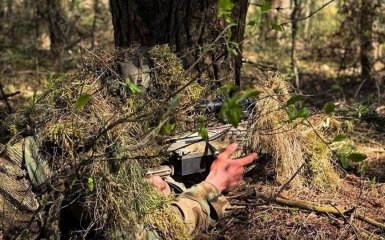According to military analyst Vladyslav Selezniov, the Russian occupation army is resorting to so-called "banzai assaults" in the Chasiv Yar area in the Donetsk region.
What is known about the frantic attempts of the Russian army to capture Chasiv Yar
The analyst emphasized that the occupation army of the Russian Federation continues to carry out assaults on the outskirts of the city and even entered the streets of Chasiv Yar, but was driven out of there by the Ukrainian military.
Currently, the Kanal neighborhood suffers the most from enemy "banzai assaults". The enemy even enters the streets, which are located in the east of this neighborhood. But every time he receives slaps from Ukrainian operators of combat vehicles and FPV drones, he is forced to retreat, losing both equipment and personnel, the analyst emphasised.
What is known about the assaults of the Russian invaders near Chasiv Yar
According to him, the so-called "banzai assaults" are an attempt by the occupiers to use light and high-speed transport, as well as military equipment, to deliver as many personnel as possible to the front line.
It is meant when the maximum number of personnel is loaded onto enemy equipment. To cover short distances at maximum speed, trying to avoid Ukrainian drones, mines or artillery. Sometimes the enemy succeeds, but more and more often they suffer heavy losses and do not succeed, Seleznyov emphasised.
The analyst suggested that the Russian invaders will most likely change their tactics in the near future.
In the near future, even in direct assaults, and in attempts to bypass the enemy from the flanks. After all, the enemy cannot do anything directly, but bypassing from the flanks, especially from the south, there are certain threatening trends, explains Seleznyov.




